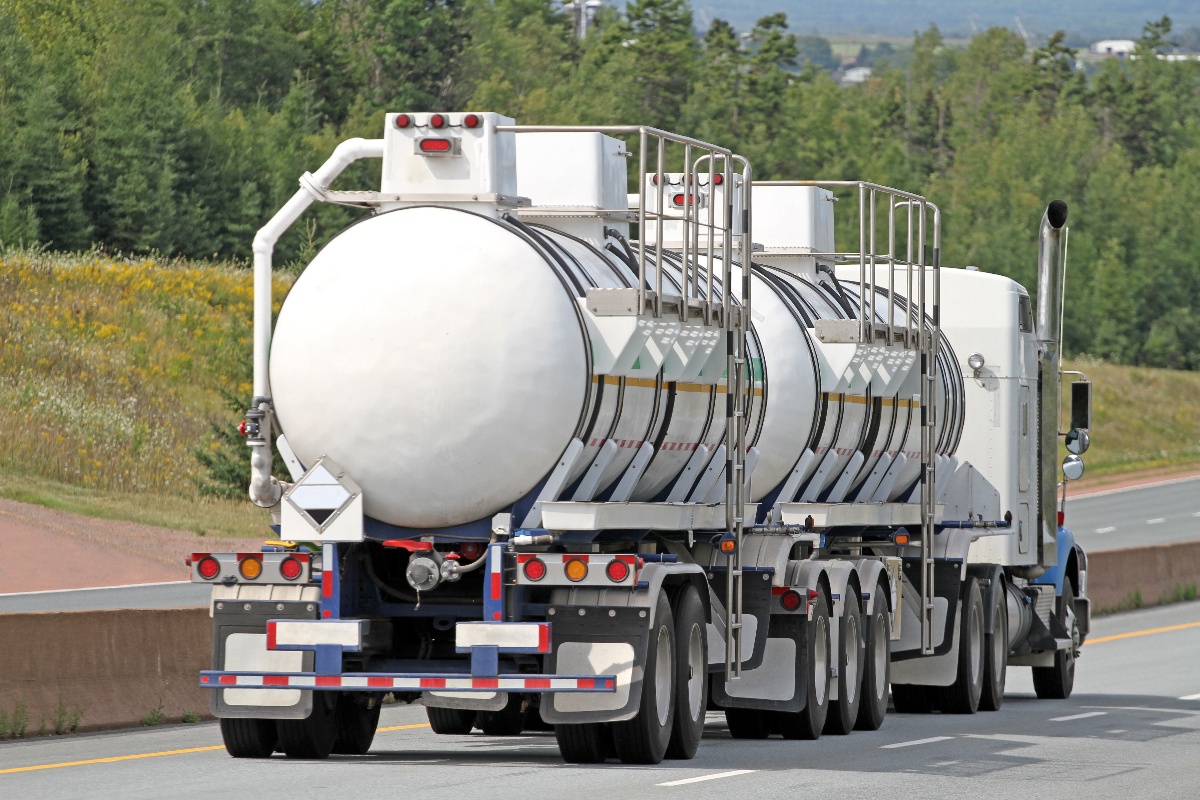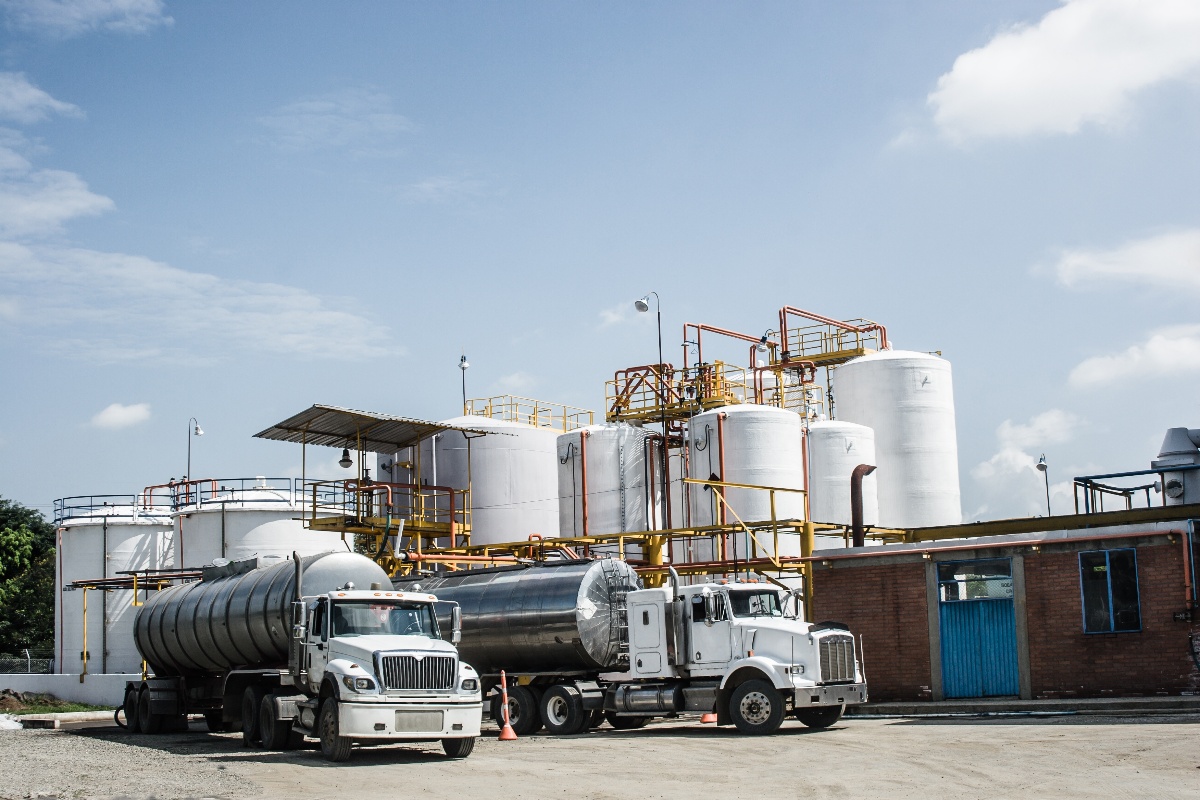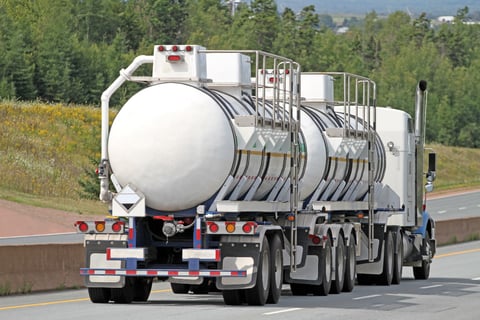
A customer’s truck pulled up to the hose shop and the shop leader went over to it to see what he needed. After a short conversation with the chemical plant driver, the shop leader motioned for another employee to come over. The shop leader explained that the customer’s hose had only been in service for a week and had gotten run over by a tanker truck. The hose was damaged, and it needed to be replaced, although the fittings were basically new, and the company had paid good money for them. He then told the employee to cut the fittings out of the hose, get the same style hose from stock, and put the customer’s existing fittings in the new hose. The shop leader instructed the employee to do it quickly, since the driver was going to wait.
Cutting fittings out of a hose was something the employee had never done before so he asked his boss how to go about it. His boss replied, “Take that air grinder, cut the bands off, then cut up and down the hose where the fitting is until it starts to open up, then pull the fitting out.” As soon as the air grinder touched the hose, smoke and dirt went everywhere. The smoke got so bad after a while that he couldn’t see where he was cutting. He kept going up and down the hose like he was told, and occasionally sparks would fly along with the smoke and dirt. After a few minutes, the hose opened, and the fitting fell to the floor. He picked up the fitting and noticed grinding marks on the shank that were deep and sharp on the end. He went to ask his boss about this, but before he could say anything he was told in no uncertain terms to finish the job—now.
A few days later, the hose shop received a call from the chemical plant telling them the new hose assembly was leaking through the cover near one of the fittings; the leak sent thousands of dollars of chemicals down the storm drain. Because of the type of chemical, the leak could potentially lead to many thousands of dollars in EPA fines. It was determined that the cause of the spill was that the fitting had cut through the plastic tube in the hose.

Before reusing any industrial hose coupling, consult the manufacturer. Ask if it can be reused and, if so, what the inspection procedures are. Fittings in chemical service pose additional dangers. First, there could be some residual chemicals trapped between the hose and the coupling, and the heat from the grinding wheel could produce noxious fumes or catch fire. Second, the shank could look perfectly fine, but be eroded past a safe wall thickness. Permanent fittings should not be reused because the shank can deflect from the pressure of swaging or crimping. If reused and deflection has occurred, fitting dimensions, which are proprietary, are altered. This negatively affects the swage/crimp parameters and can reduce the coupling’s holding power.
Removing any fitting from a hose must be done with extreme care. Even the slightest mark on the shank alters it from its original design and is reason to discard it. Product alteration is not condoned by any manufacturer and voids all warranties. Once you alter a product you “own” it and are responsible for all consequences. Remember, the few dollars saved today may cost you many thousands tomorrow.
Dixon specialists are always here to help. Click "Talk to an Engineer" below to discuss your specific application with a Dixon engineer.

Alteration: Dixon does not recommend the altering of any of our clamps, fittings, or other products by anyone in the field. The Dixon product line is engineered to precise tolerances and intended for specific applications. Altering a finished product may cause changes in the metal or other properties resulting in safety concerns for the user and the environment. If you have a special application not covered by our standard product line, please contact Dixon or your Dixon distributor for advice.
Fitting Inspection: An ongoing program of inspection of fittings, clamps and/or ferrules must be instituted to maintain safe and operable assemblies. The inspection should include the body, all threads, seals, and clamps (ferrules). If gaskets are damaged or missing, they must be replaced immediately. Damaged fittings, clamps, or ferrules must be removed and replaced immediately.
